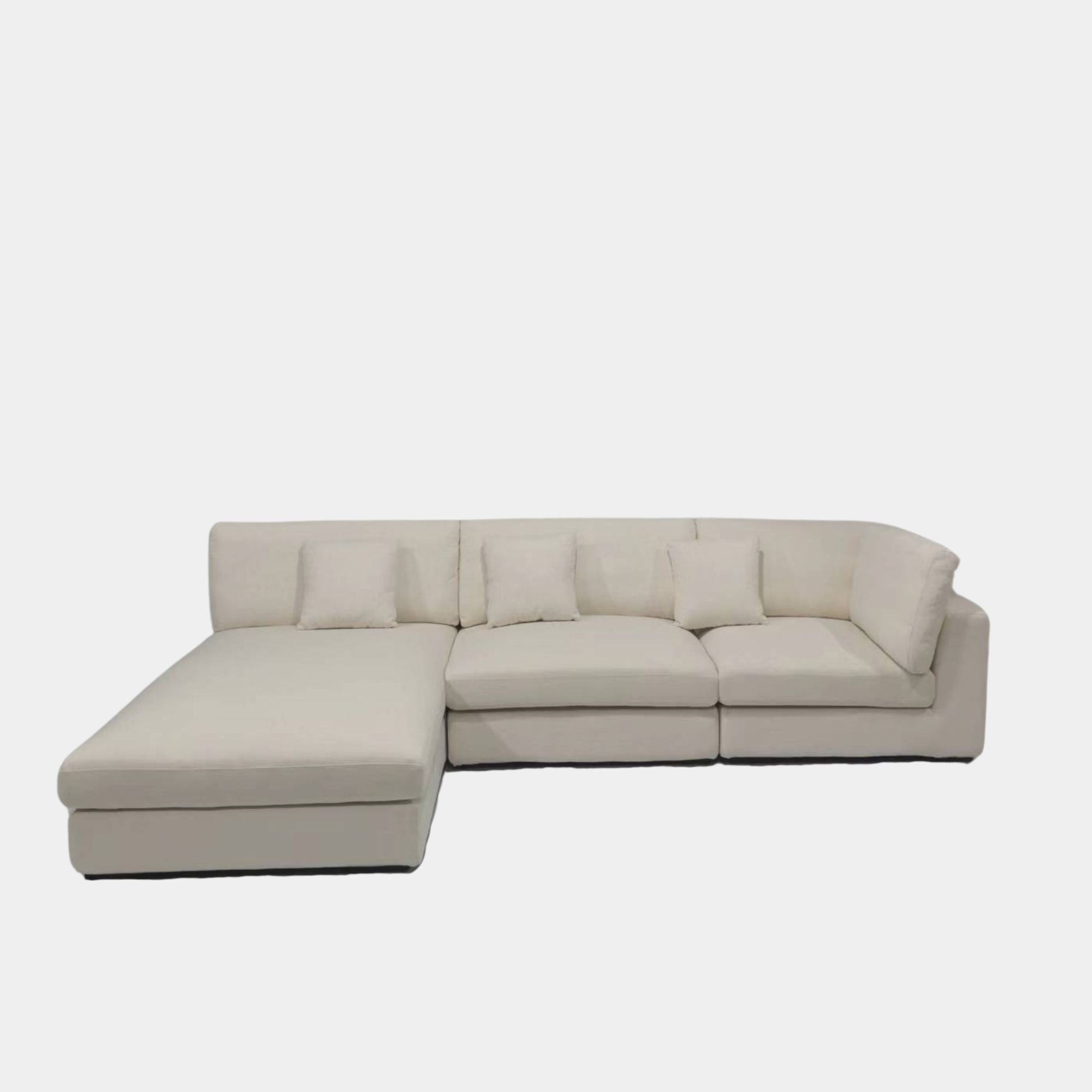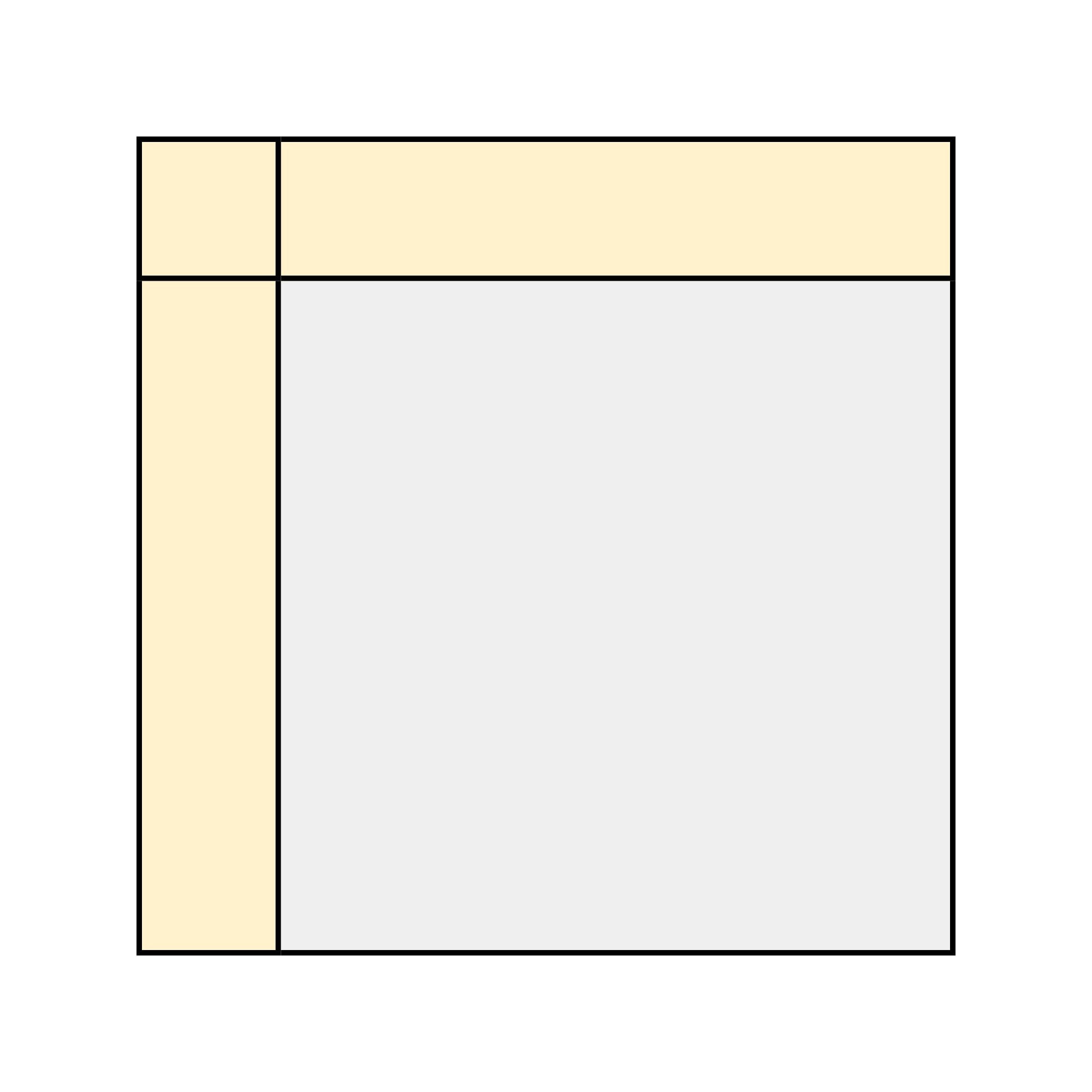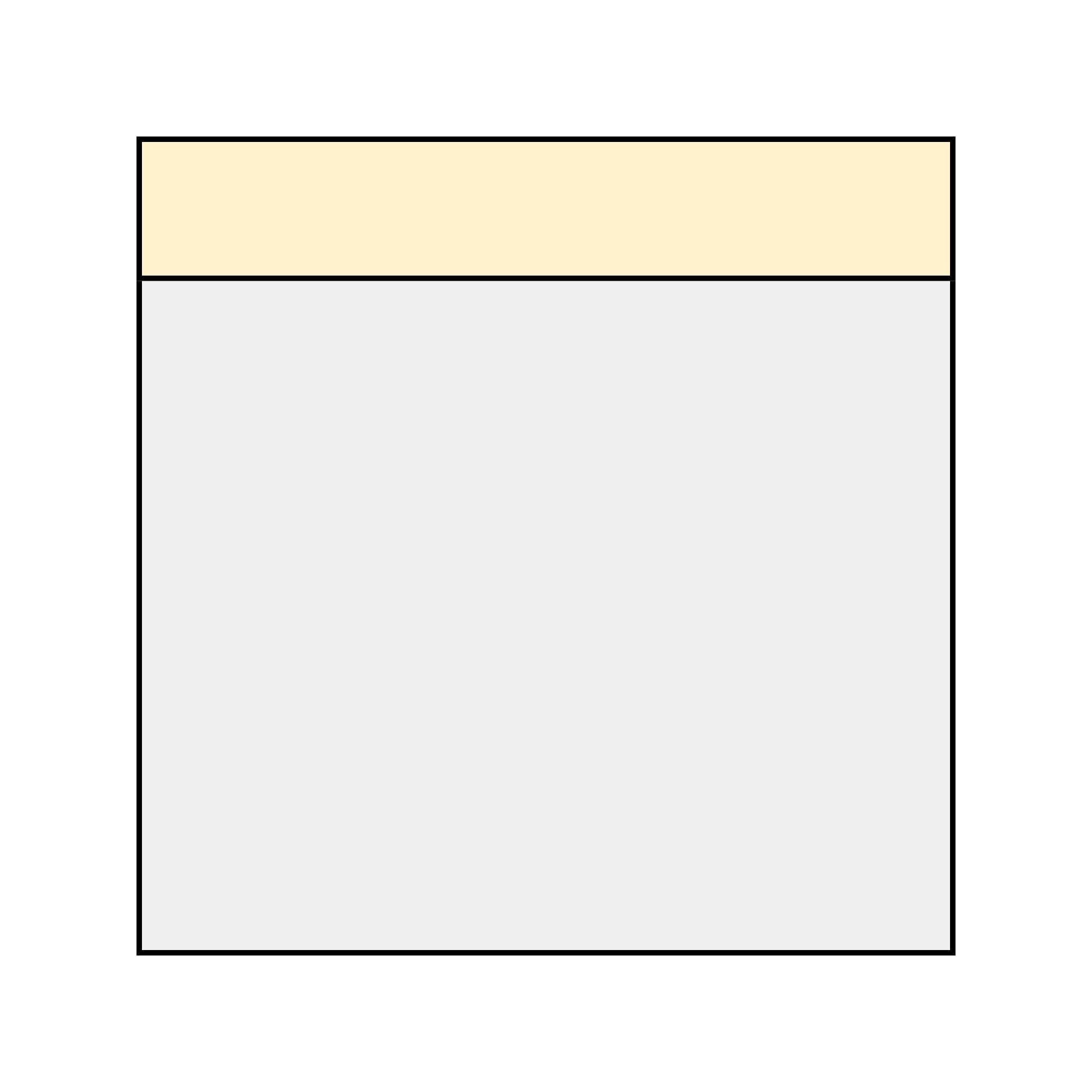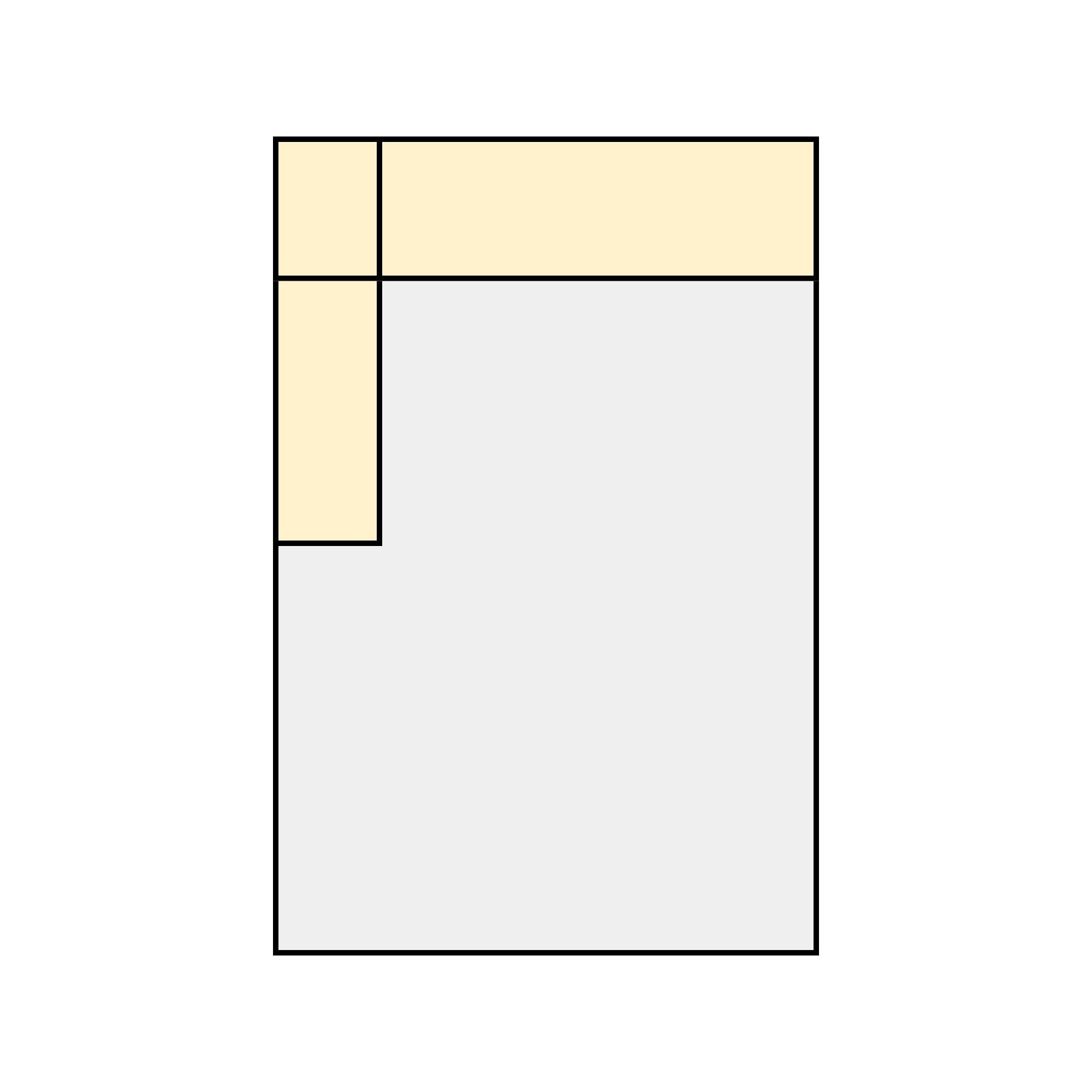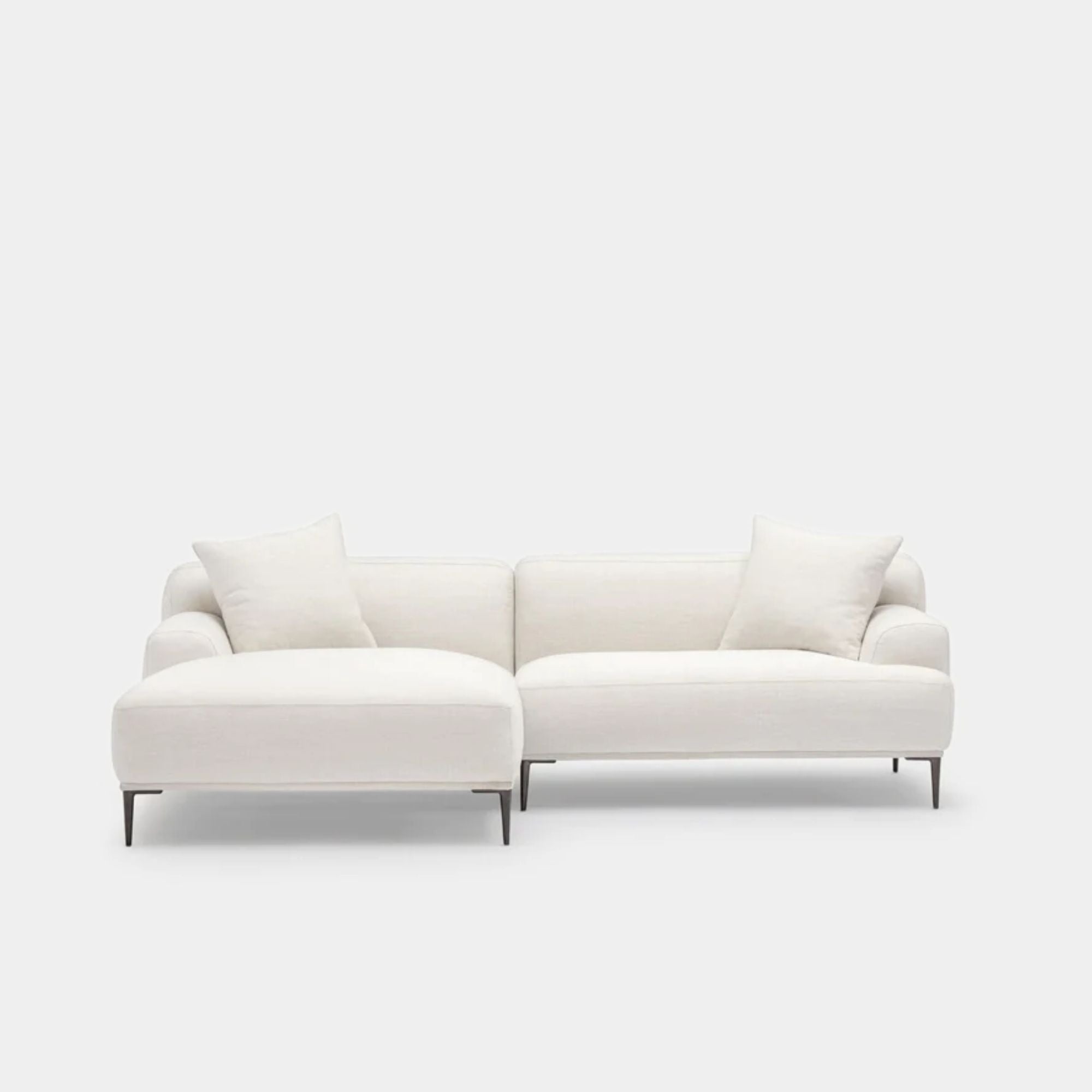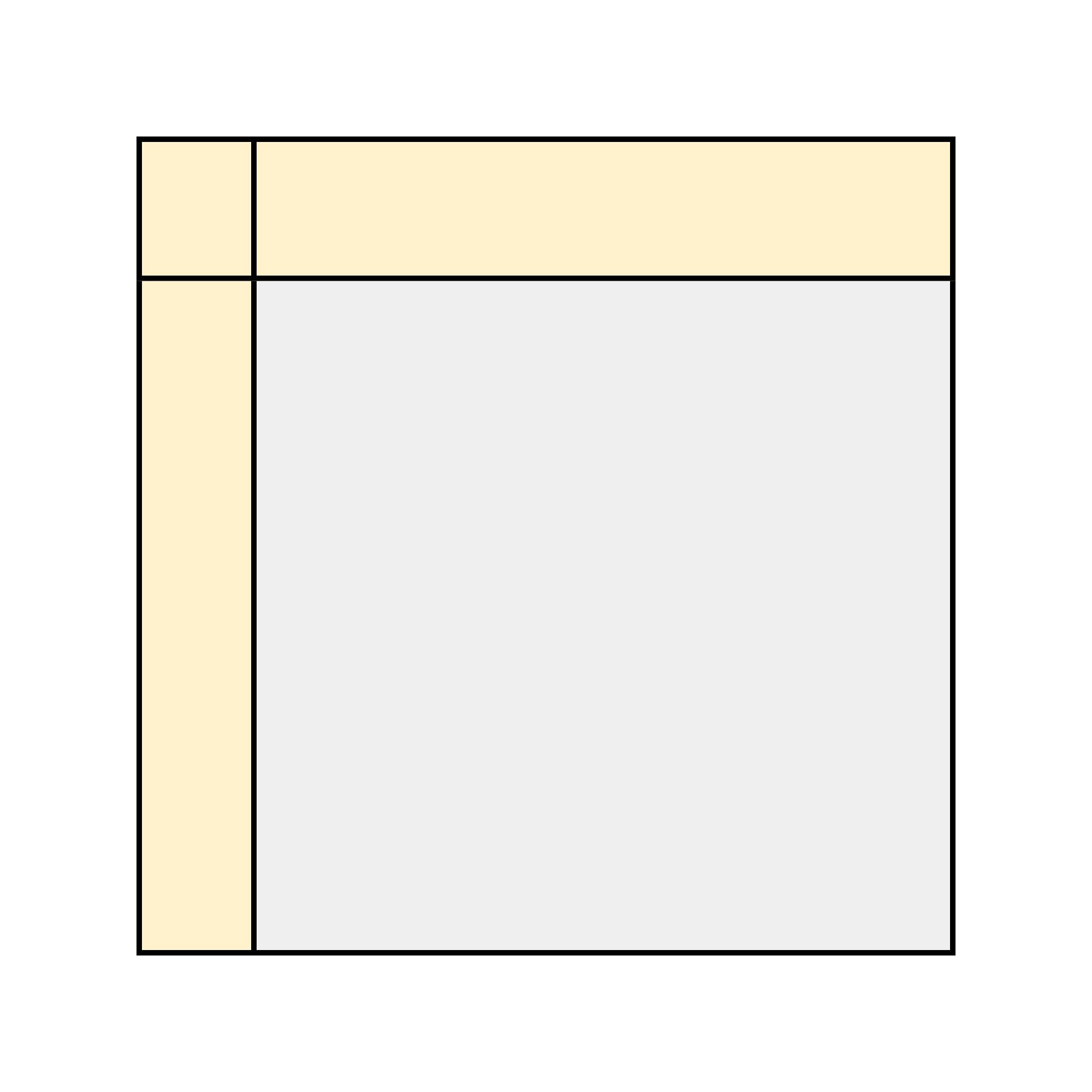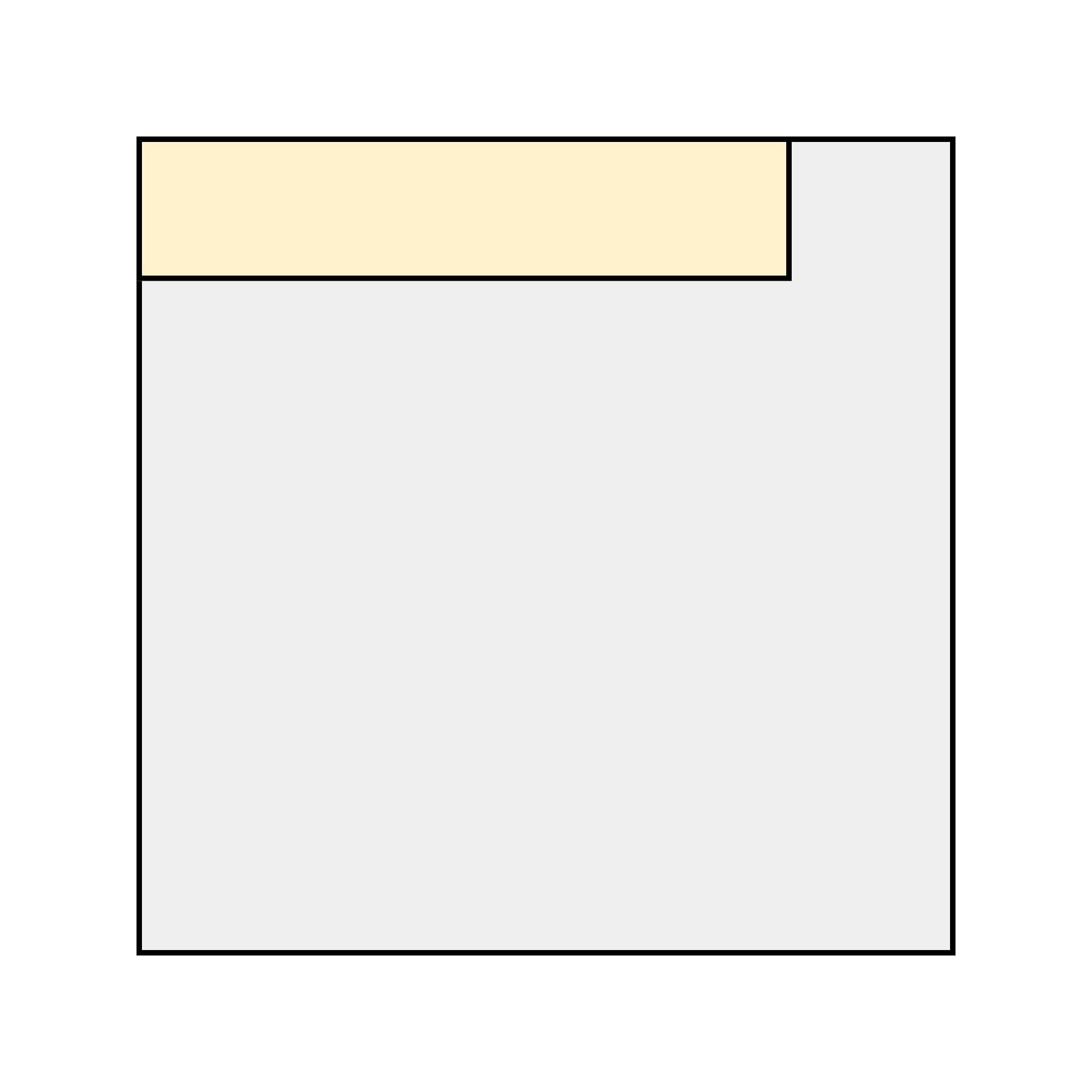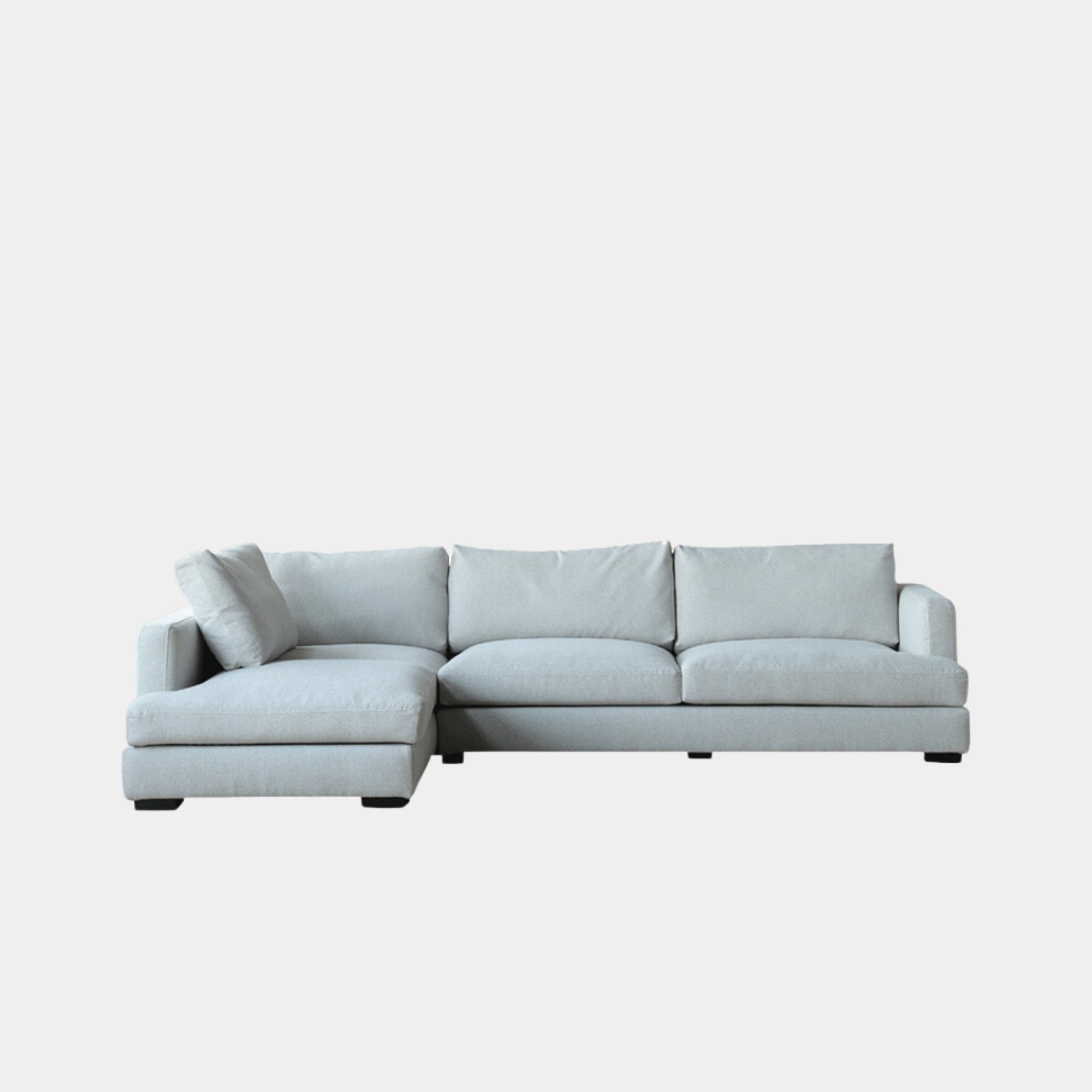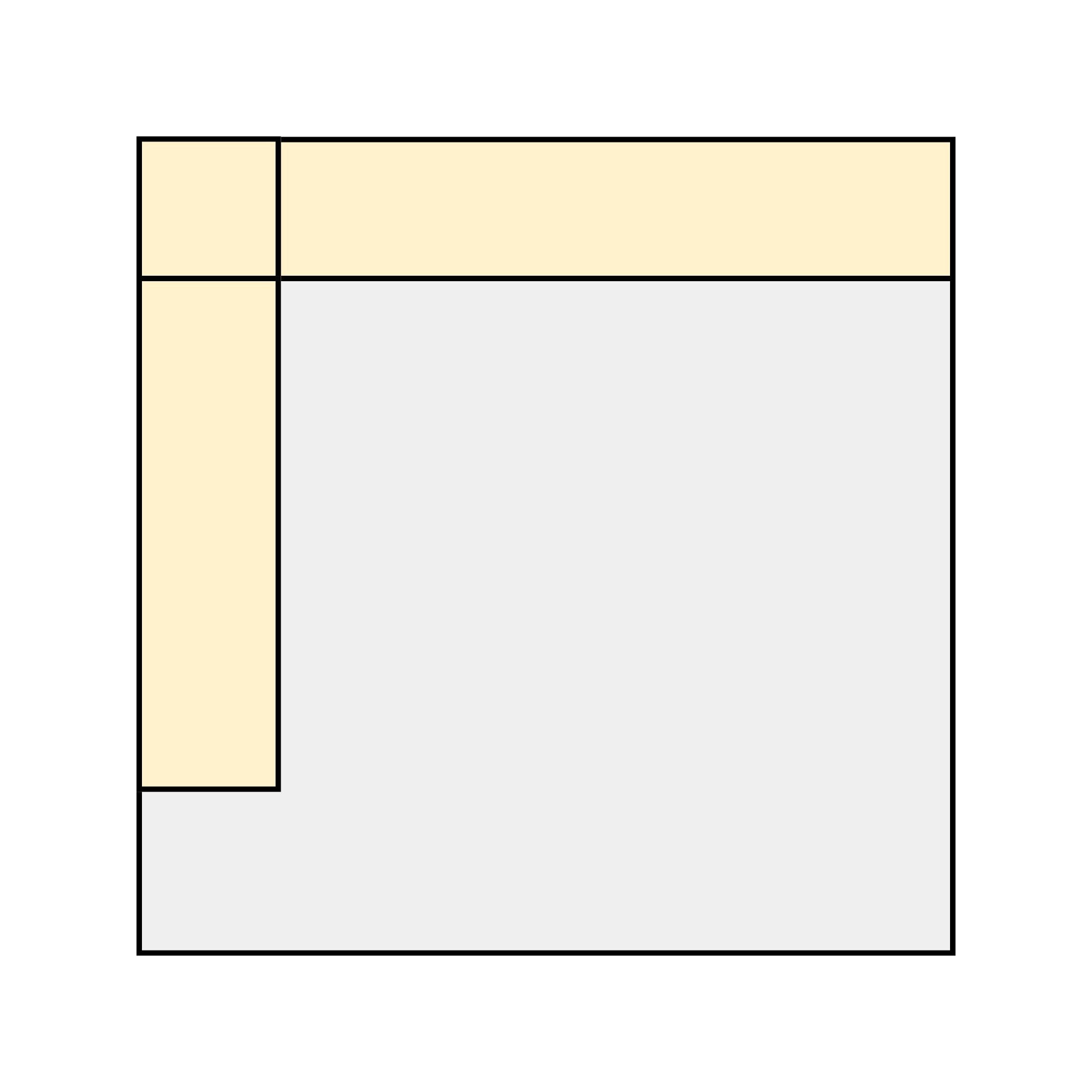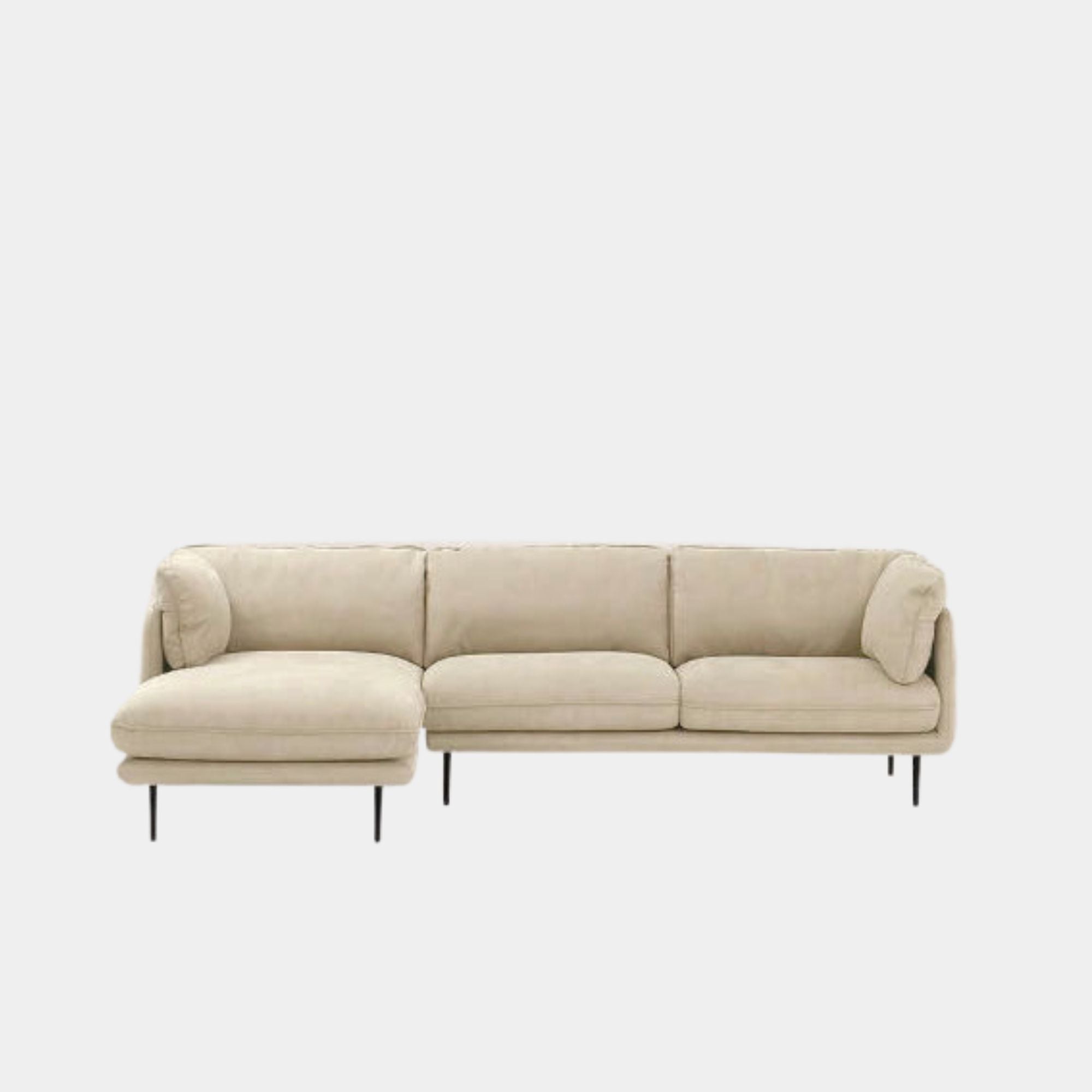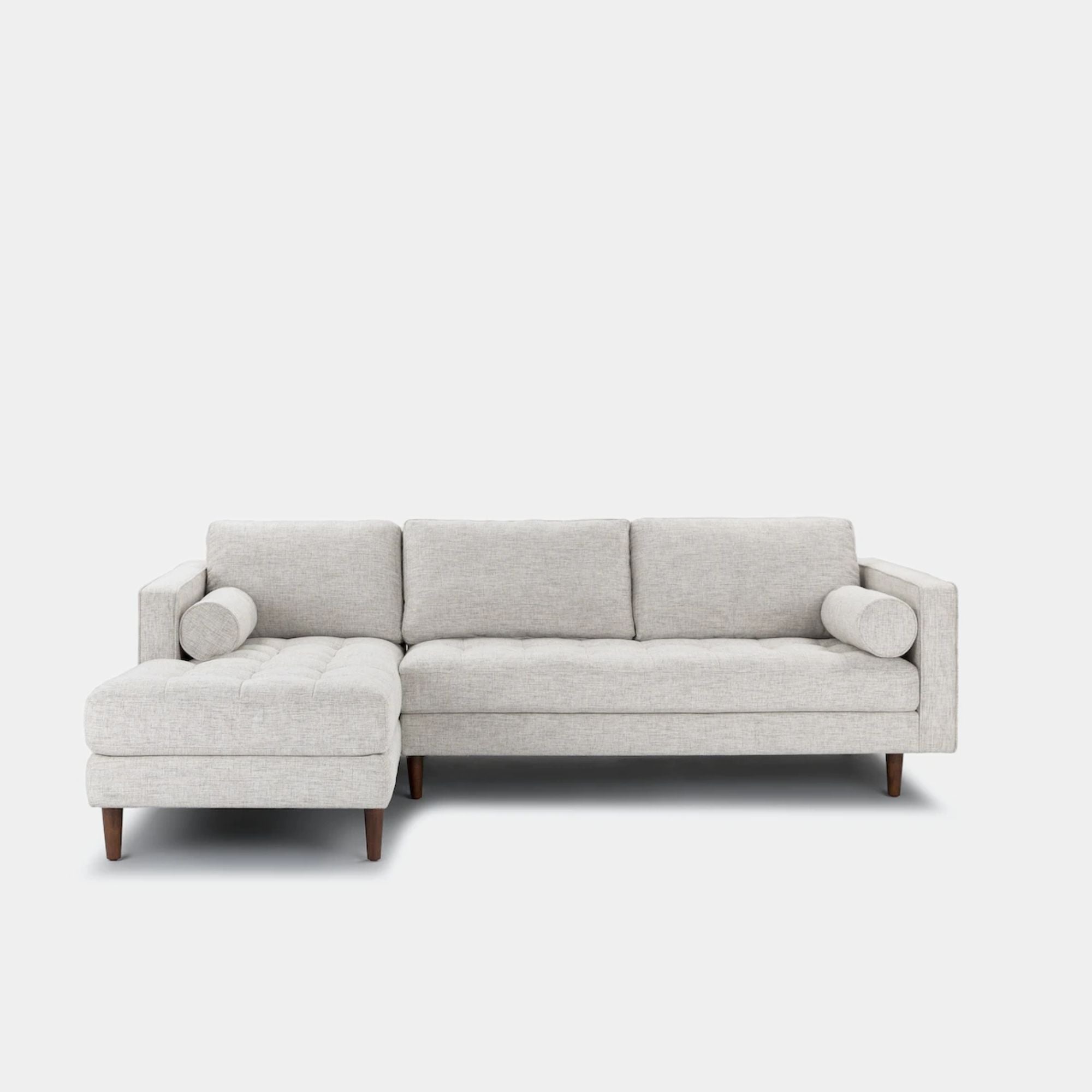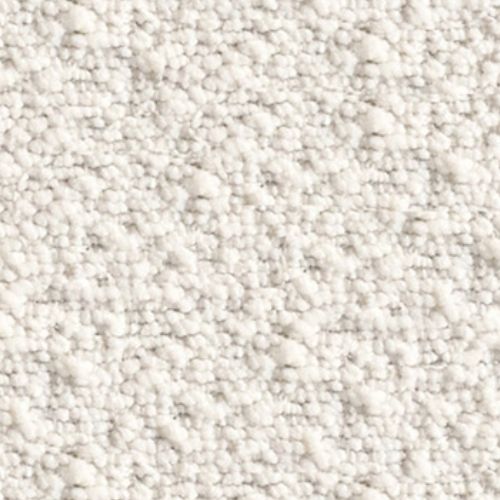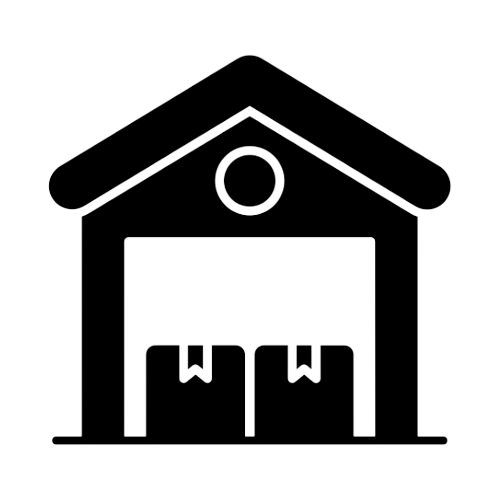Browse through some common questions that people may have. Reach out if still in doubt!
Guide
Are there any dimension restrictions for L shape sectional sofas?
Yes, the main restriction is from an aesthetic perspective.
The chaise section of the L shape sectional sofa should not occupy more than 45% of the total width of the sofa.
With most chaise segments around 100 cm in width, L shape sectional sofas are typically 230 cm wide or above.
Should I choose a left facing or right facing sectional?
This depends on your space planning.
In compact living rooms, we recommend placing the sectional in a corner with the chaise near the window to maximize space.
Alternatively, if you want the sectional to divide different areas of your living space, place the chaise where the segmentation occurs.
Should I choose an L shape sofa or a sofa with ottoman?
The decision depends on flexibility and space. A sofa with an ottoman offers more versatile seating arrangements since the ottoman can be moved. This added flexibility might be a better choice in compact spaces.
On the other hand, an L shape sectional offers a cohesive design with fixed lounging space. For larger rooms or if you prefer a structured layout, the L shape might be the better choice.
How to choose sectionals for small spaces?
Opt for L shape sectional designs that feature slim armrests, light-colored upholstery, and compact designs as:
- Slim armrests (under 15 cm) maximize seating space without making the sofa feel bulky
- Light-colored upholstery makes the space feel more open and airy
- Compact designs like a 2-seat cushion L shape instead of a 3-seat cushion model look more proportionate and aesthetically pleasing in smaller rooms
What are the common sectional sofa configurations?
The most common sectional sofa configurations include:
- L shape or Corner sectional sofa: Perfect for corners, with one extended chaise
- U shape Sectional Sofa: Has two extended chaise sections, ideal for larger rooms and group seating
- Modular Sectional Sofa: Can be rearranged into various shapes and sizes, offering flexibility
- Curved Sectional Sofa: A rounded, elegant shape, typically used for more luxurious or unique seating arrangements
What is the difference between a modular sofa and sectional sofa?
A sectional sofa is typically a pre-configured design, such as an L shape or U shape, with fixed connections between sections.
In contrast, a modular sofa consists of individual pieces or sections that can be rearranged to create different seating configurations, offering more flexibility and customization.
What is considered a deep seat sofa and is it right for me?
A deep seat sofa typically has a seat depth of 56 cm or more from the front edge to the back cushion. This allows for a more relaxed, lounge-friendly seating position, as it gives ample room to sit back and stretch out your legs. Standard seat depths are usually between 45 to 56 cm, so anything beyond this is considered deep.
A deep seat sofa is great for those who prioritise comfort and want a sofa suitable for lounging. It works especially well for taller individuals who need more seat depth to sit comfortably. If you have a larger living area and like to relax or entertain guests, a deep seat sofa can be an excellent choice.
While deep seat sofas are great for comfort, they might not be ideal for smaller rooms, as they can take up more floor space. They may also feel too deep for shorter individuals, making it difficult to sit upright with feet touching the floor. Additionally, if you prefer more formal or upright seating, a deep seat sofa might not provide the support you’re looking for.
What is the overall width for a 4 seater L shape sectional sofa?
A standard 4 seater L shape sectional sofa typically measures between 260cm to just under 300cm in width.
This size provides generous seating space, offering a comfortable arrangement for four individuals.
What is boucle fabric?
Boucle fabric is a type of textured material made from looped yarns, giving it a distinctive, soft, and nubby appearance. Its natural softness and tactile appeal make it ideal for creating cozy, inviting spaces.
Boucle has become popular in modern interior design, especially for upholstered furniture like sofas and armchairs. It is highly durabile, making it suitable for both decorative and functional pieces.
What sofa styles does boucle fabric work well with?
Boucle fabric complements several sofa styles beautifully, each showcasing its texture in unique ways:
- Curved Sofas: Boucle’s soft, looped texture enhances the cosy, inviting look of curved sofas. This design nods to 1940s mid-century furniture, like Eero Saarinen’s iconic “womb” chair, creating a warm and comfortable ambiance.
- Boxy Sofas: For a modern twist, boucle pairs well with boxy or straight-edged sofas. The fabric’s plush texture contrasts with the clean lines, adding visual depth and a contemporary feel to the space.
- Low-profile Sofas: Boucle fabric works well with low-profile sofas, lending a grounded yet luxurious vibe that aligns with minimalist and modern aesthetics.
Boucle fabric's tactile appeal and visual warmth make it a popular choice for sofa styles that aim to create a cosy, modern living space.
How to clean boucle fabric?
Cleaning boucle fabric is straightforward but requires gentle care to maintain its textured look and soft feel:
- Regular Vacuuming: Use a vacuum with an upholstery attachment to remove dust and debris from boucle fabric. This prevents dirt from settling into the loops, keeping the texture looking fresh.
- Spot Cleaning: For spills, gently blot the area with a clean, dry cloth. Avoid rubbing, as it can damage the loops. Use a mild upholstery cleaner if needed, following the product’s instructions carefully. Test in an inconspicuous area first to ensure it doesn’t affect the fabric colour.
- Avoid Excess Water: Boucle fabric is sensitive to moisture. If spot cleaning with water, use minimal amounts to prevent saturation, as too much moisture can weaken the fabric’s structure.
- Professional Cleaning: For deep cleaning, especially with stubborn stains, consider a professional upholstery cleaning service. This helps maintain the boucle's texture without risking damage from DIY methods.
With regular maintenance, boucle fabric will keep its distinctive, cosy look for years to come.
What is the benefit of choosing white sofa?
White sofas bring a sense of purity, elegance, and spaciousness to any room. The colour white is associated with simplicity, cleanliness, and serenity, making it an ideal choice for creating a bright and airy atmosphere.
A white sofa can enhance natural light, making small spaces feel more open, while providing a timeless, sophisticated backdrop for any decor style.
What design styles work well with white?
White sofas are highly adaptable and complement a wide range of design styles, including:
- Minimalist: White sofas are perfect for minimalist interiors, where clean lines and simplicity are key.
- Modern: In modern spaces, white sofas create a sleek and polished look, especially when paired with bold accents or metallic finishes.
- Scandinavian: White is a core element of Scandinavian design, enhancing the feeling of light and warmth in the room.
- Coastal: White sofas fit beautifully in coastal-inspired interiors, evoking a fresh, breezy vibe.
What cushions work well with white sofas?
Cushions in neutral tones like grey, beige, or taupe offer a subtle, sophisticated contrast to a white sofa.
For a pop of colour, pastel tones such as blush pink, light blue, or mint green can add a soft, refreshing touch.
Bold hues like navy blue, emerald green, or mustard yellow can also bring a striking contrast, while metallic accents add a touch of luxury.
What rugs work well with white sofas?
Neutral rugs in shades of beige, cream, or light grey enhance the elegance of a white sofa.
Textured rugs such as shag, wool, or jute bring warmth and depth, while patterned rugs, including geometric or Moroccan designs, add interest without overpowering the space.
For a minimalist look, a monochromatic rug in white or off-white provides a seamless, cohesive style.
What wall colour work well with white sofas?
Soft, neutral wall colours like cream, beige, light grey, or taupe provide a warm and balanced backdrop for a white sofa.
For a more dramatic contrast, darker shades like charcoal or navy blue can create a bold statement.
Alternatively, soft pastels such as pale pink or light blue can add a gentle, calming effect while still maintaining the room's brightness.
What if I couldn’t find the shade of white such as ivory, cream or off white that I need?
If you're unable to find the specific shade of white you’re looking for, such as cream, ivory, or off-white, please reach out to us with a sample of the material you'd like to customise.
Whether it’s fabric or leather, we will collaborate with our supplier base to find a similar upholstery material that matches your requirements.
